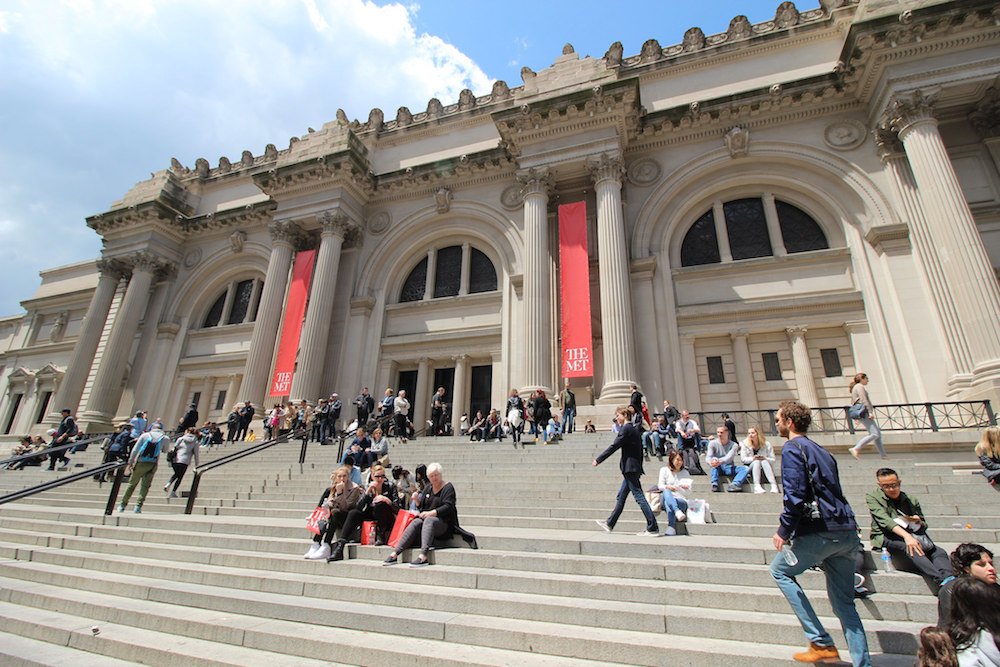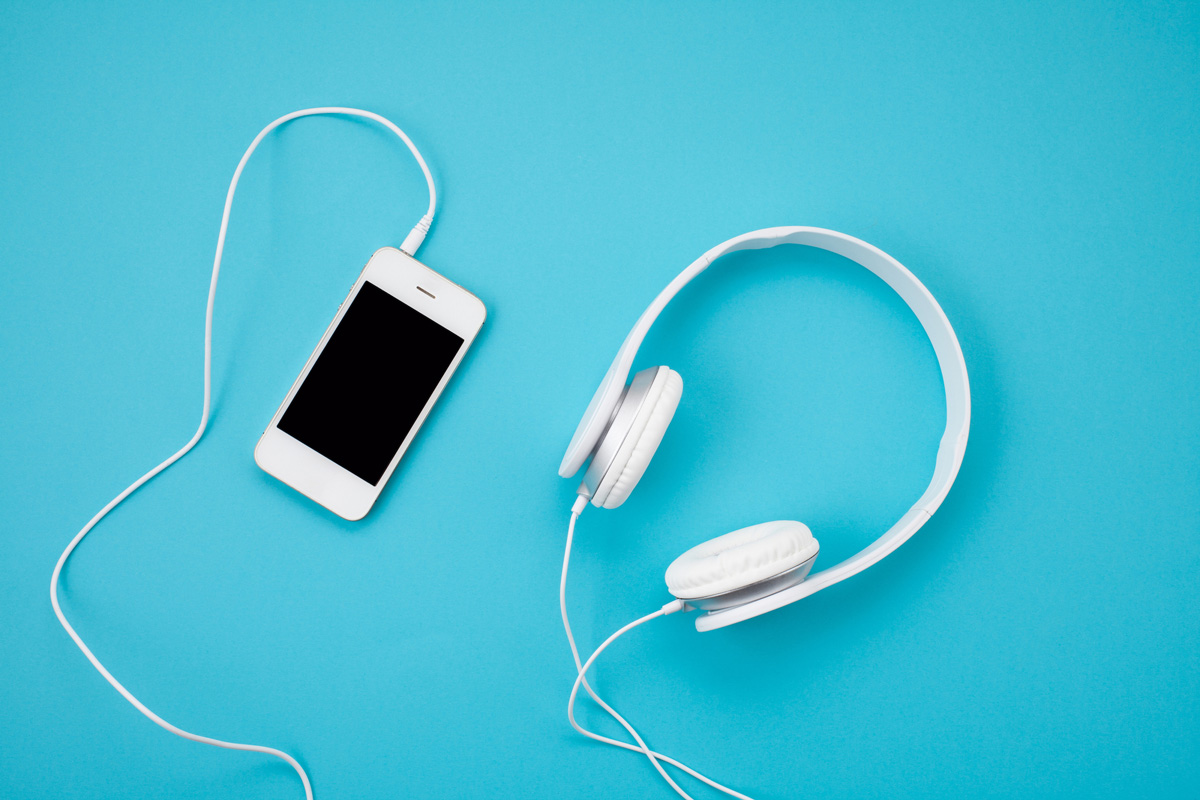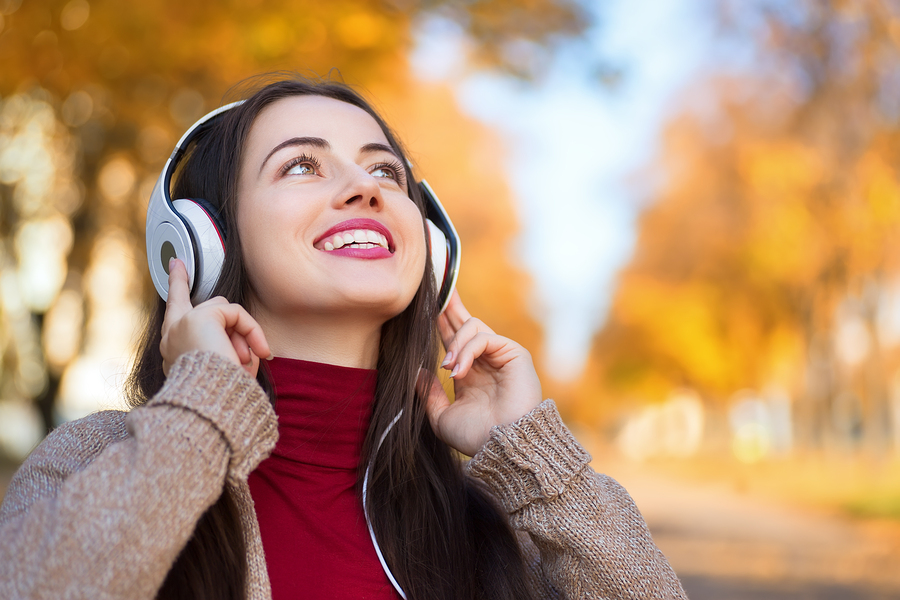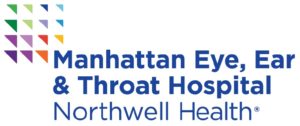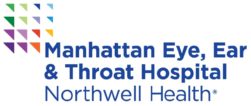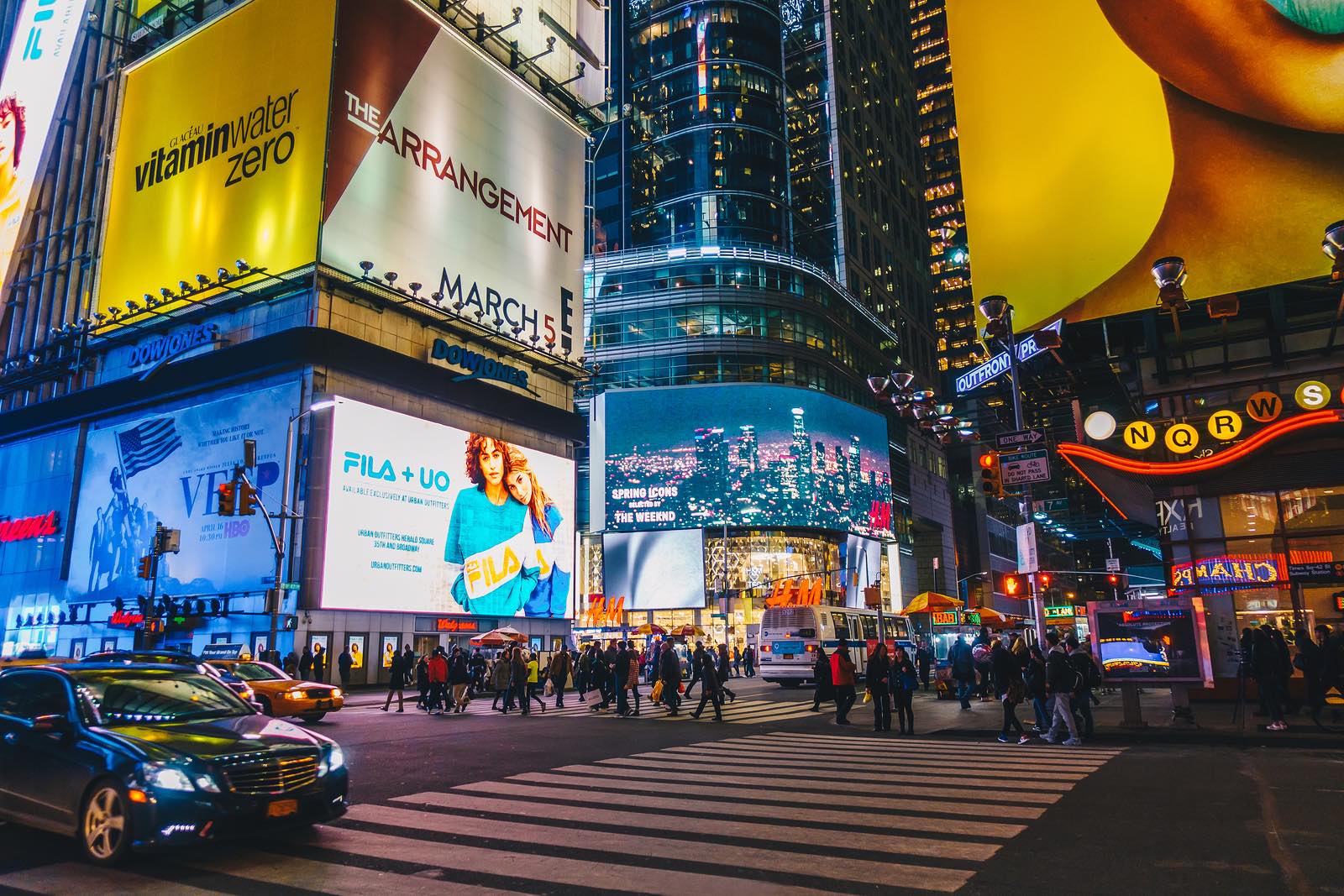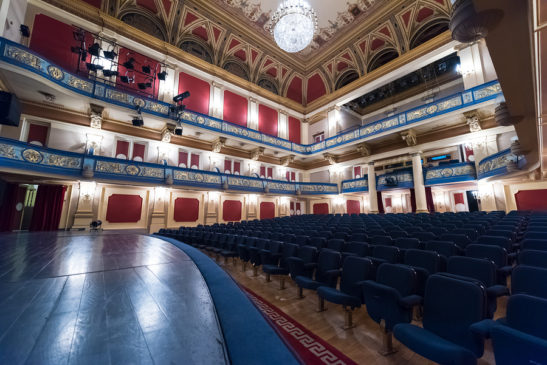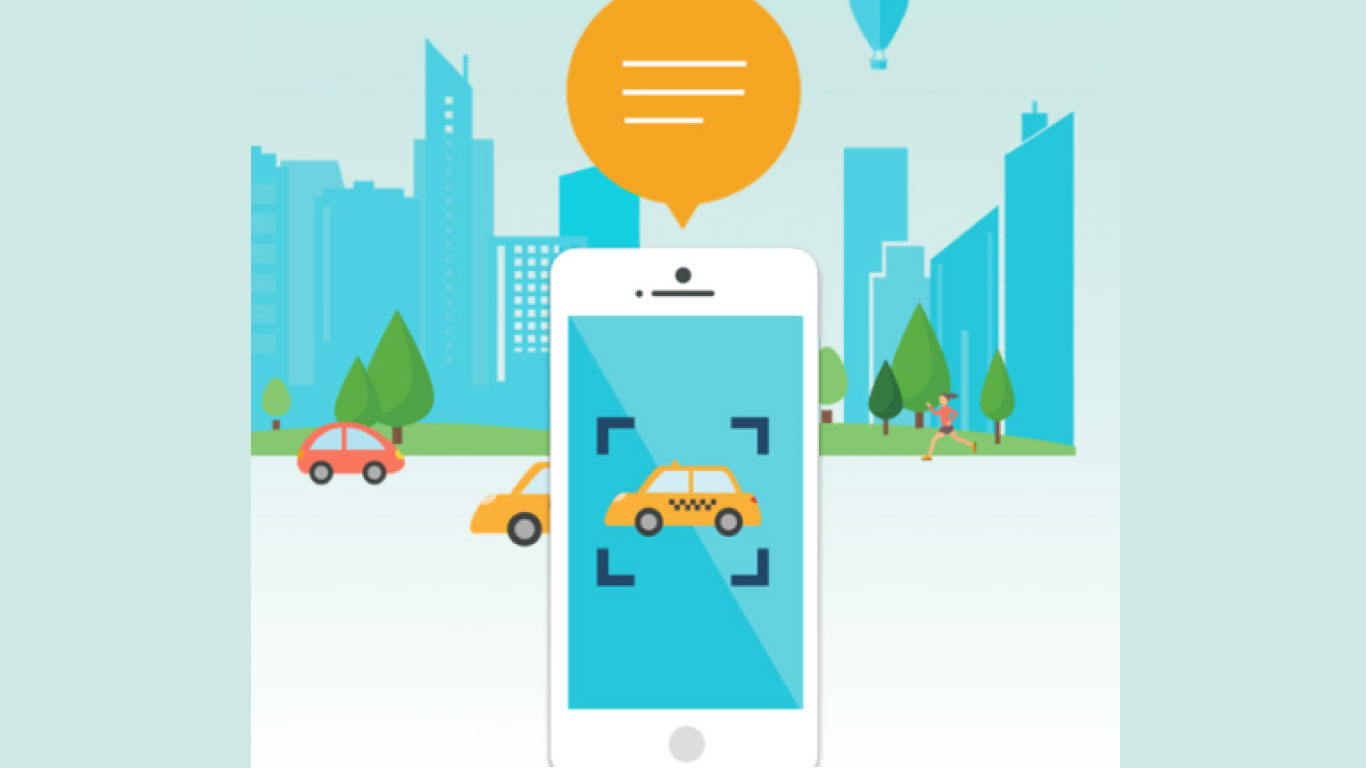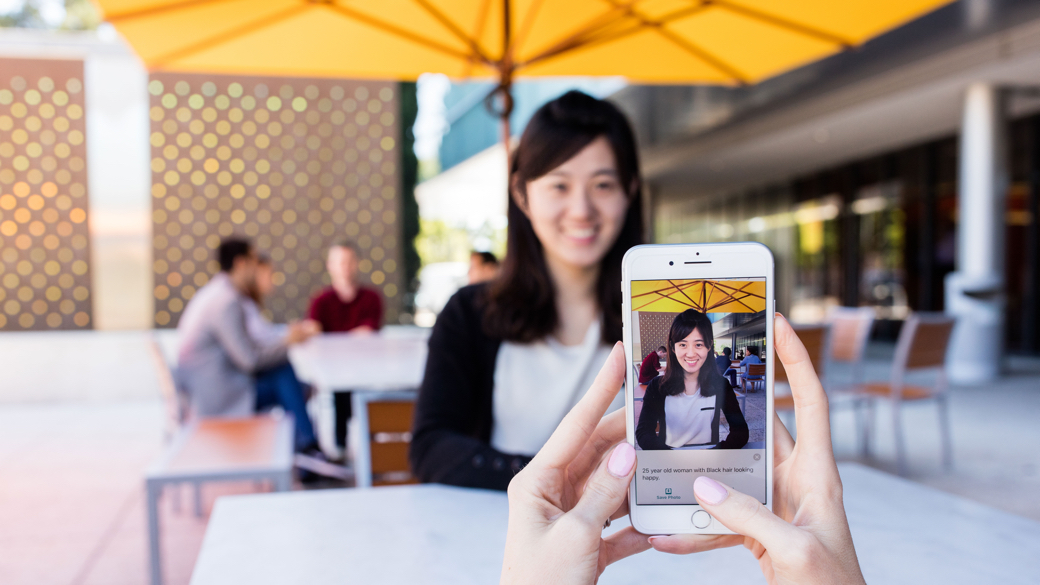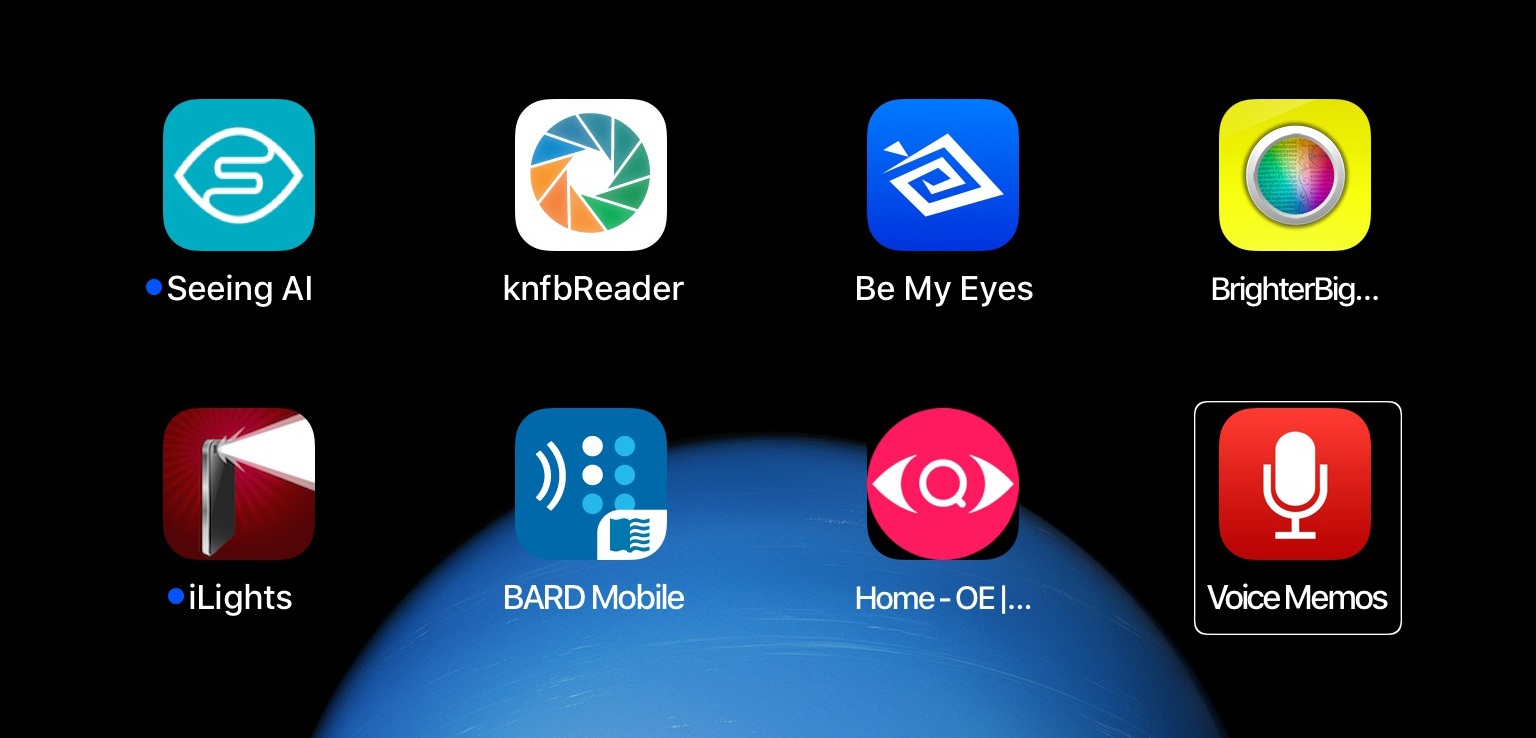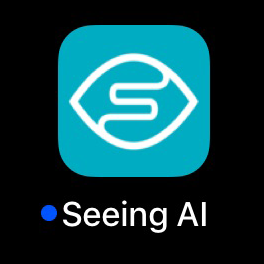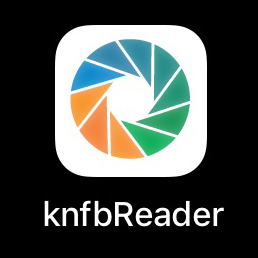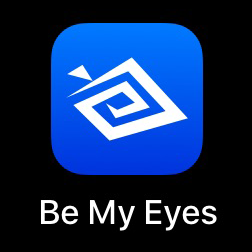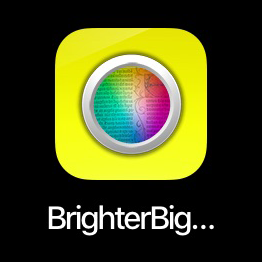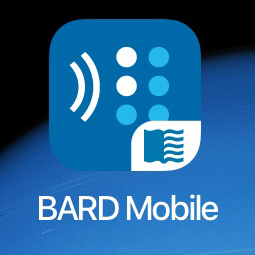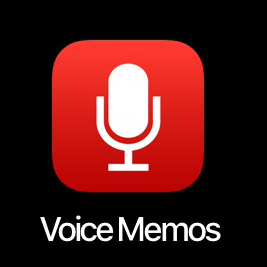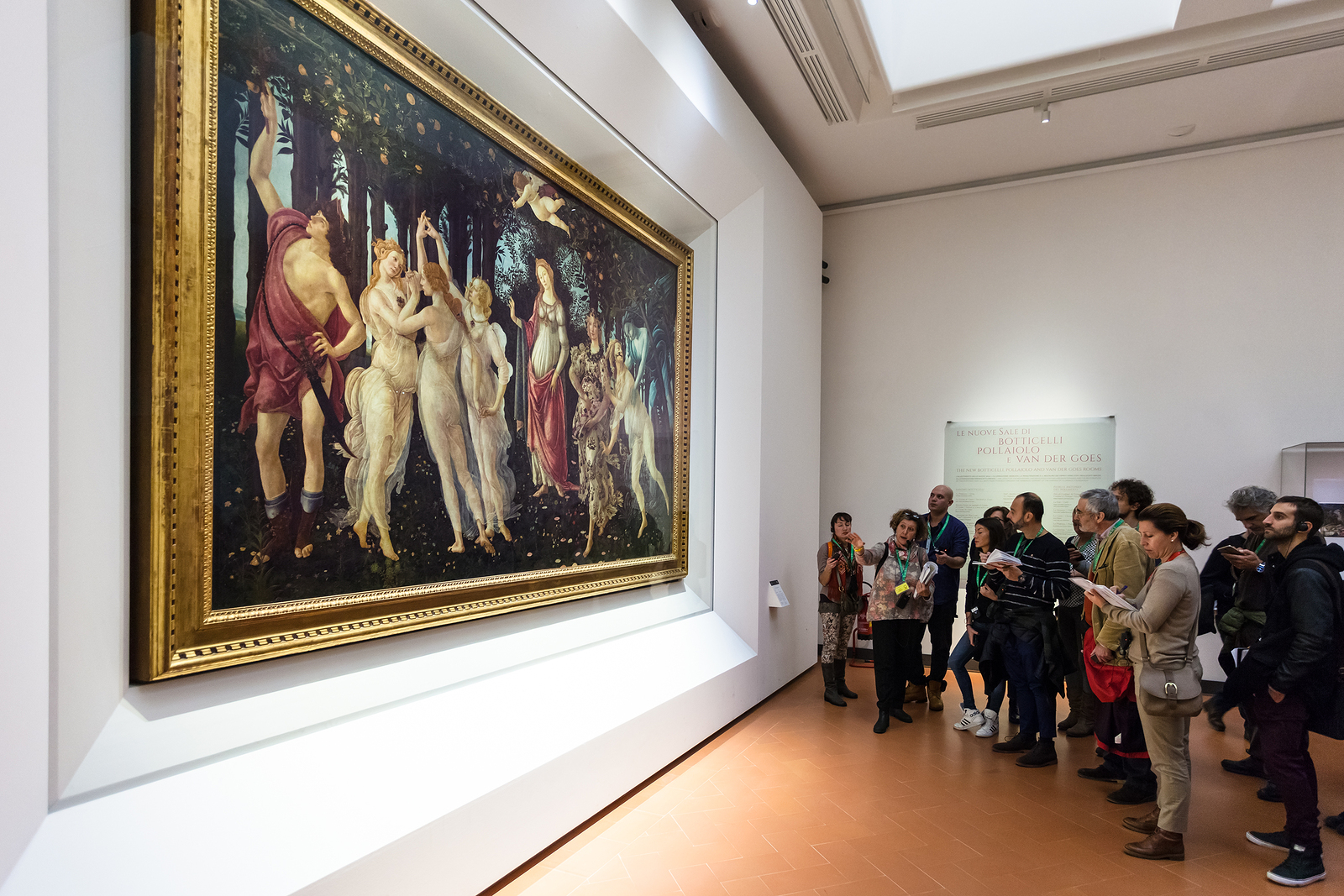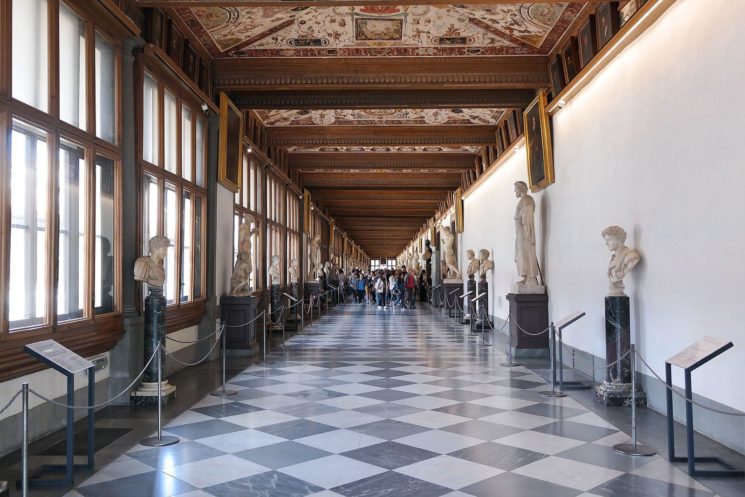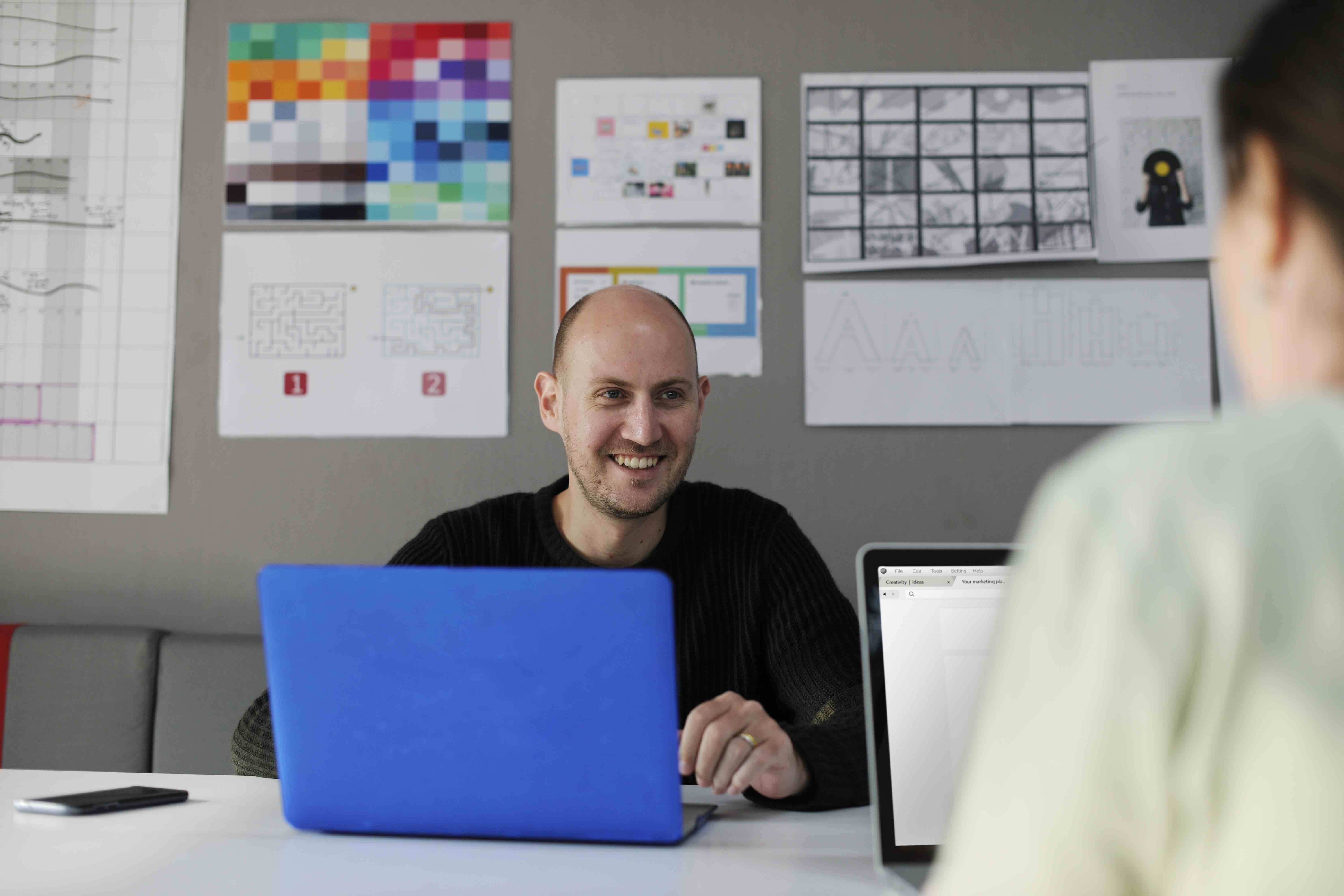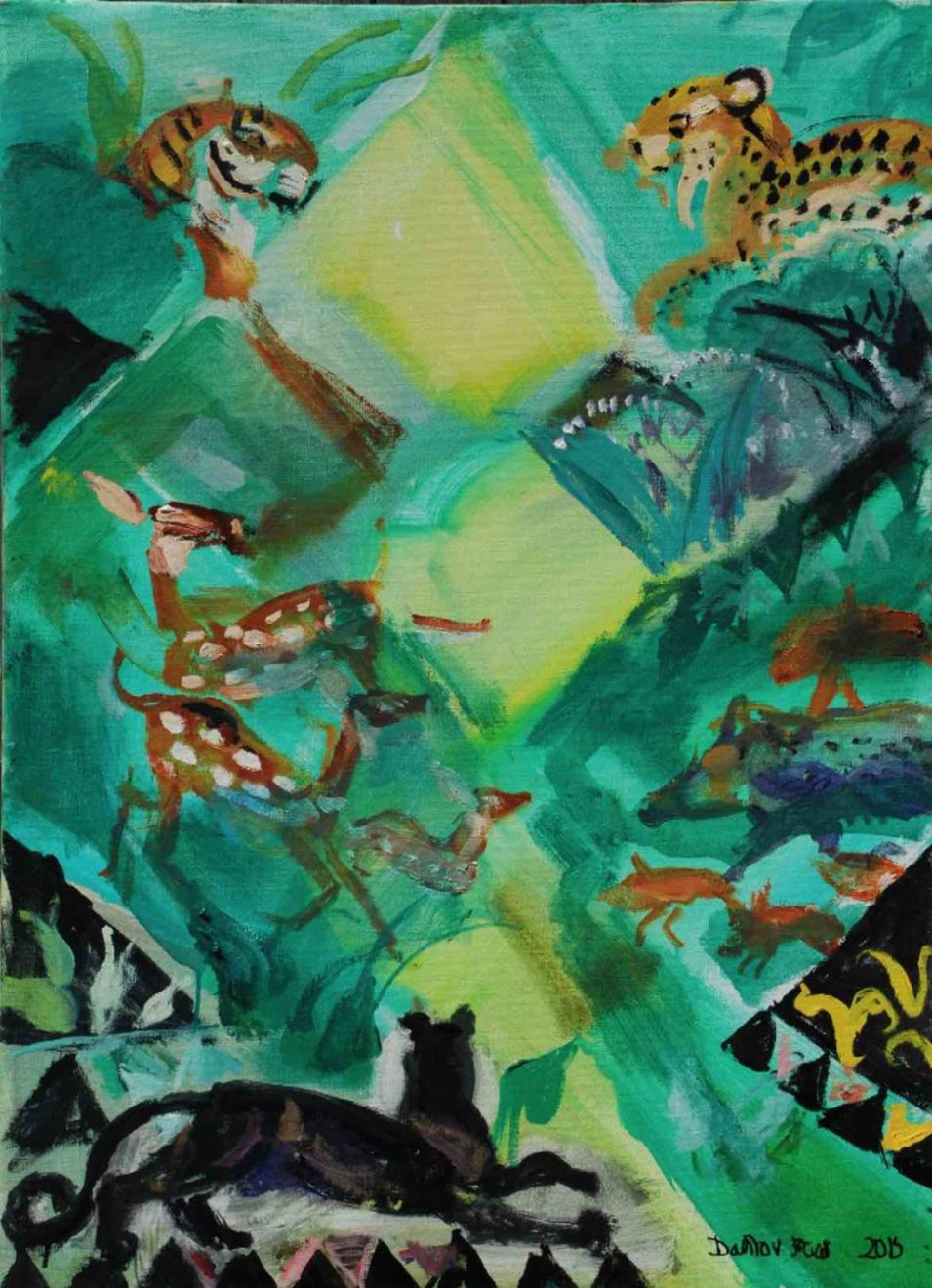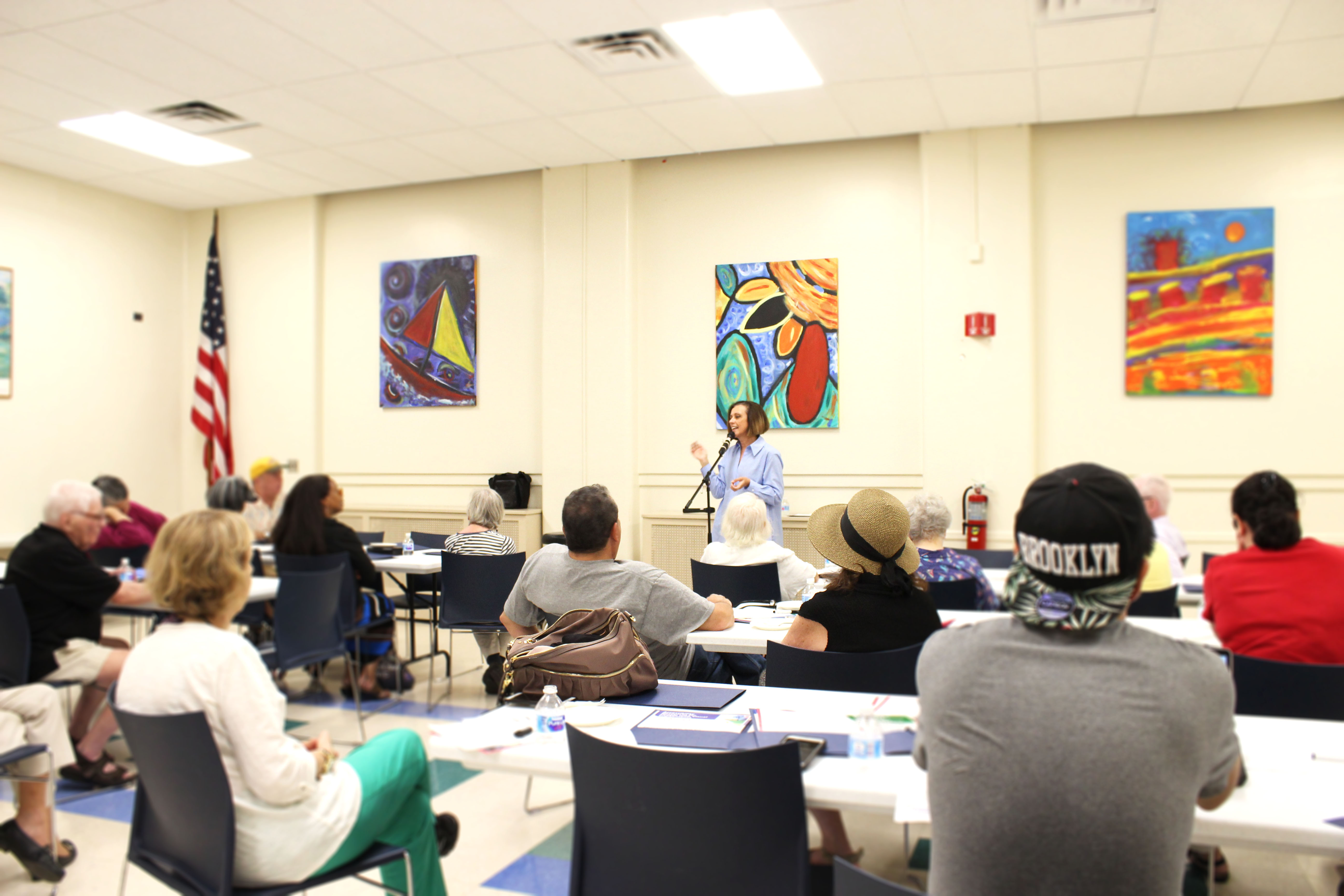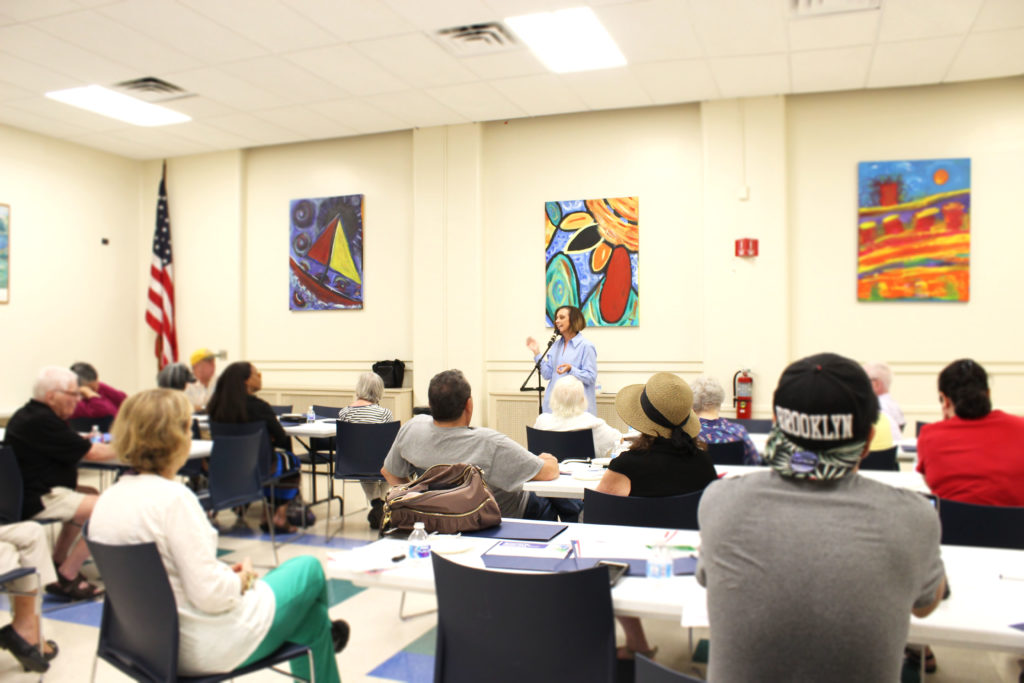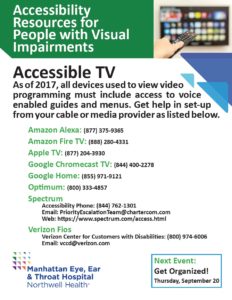On September 20, we were joined by speakers from Broadway, Cooper Hewitt, The Met and MoMA to discuss accessibility and the arts.
Technology is certainly playing an important role in making both performing and visual arts an inclusive, enjoyable experience for everyone. The great news is, to benefit from these audio descriptive technologies, all you have to do is show up.
While the information reviewed here pertains to New York City, the attention to access and the use of audio description is being embraced on a global scale. So if you don’t get to NYC much, go ahead and do some exploring of your local theaters and museums.
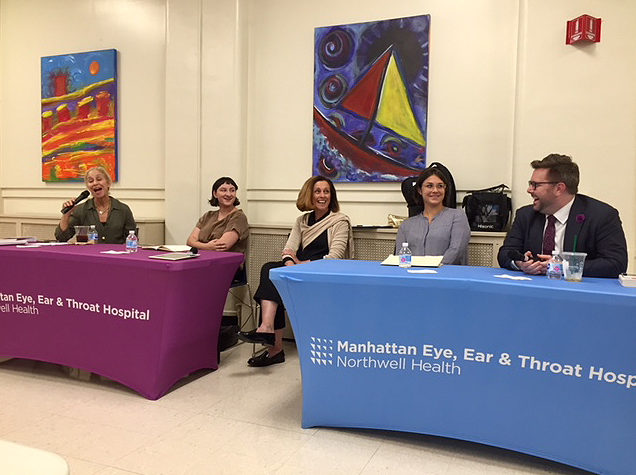
Audio Description on Broadway
The Broadway League’s accessibility initiative provides audio description and closed captioning on-demand for all shows (4 weeks from opening). Devices are available for borrowing from a kiosk in the theater’s lobby, or use your own mobile device with the Galapro app (download it before arriving at the theater and the kiosk staff can help you get started).
The app also does language translation and is available on the App Store and on Google Play. The technologies sync the assistive tracks seamlessly with the live performance, so you can relax and enjoy the show!
For more about the app, go to: galapro.com
To confirm a show has audio description, go to: www.theateraccess.nyc
Audio Description at Museums in NYC

Cooper Hewitt Smithsonian Design Museum
Verbal Description + Sensory Tours at Cooper Hewitt. Dynamic verbal description tours of exhibitions are offered the first Friday of every month at 1:30 p.m. Join a Cooper Hewitt educator, curator, or staff member in conversation and explore a selection of objects through detailed verbal description and touch. No registration required.
The Senses: Design Beyond Vision is on view now until October 28th. This exhibition explores how multi-sensory design amplifies everyone’s ability to receive information, explore the world, satisfy essential needs and experience joy and wonder.
Cooper Hewitt cares about inclusive design. Every video shown is audio-described and they are working on an app (available at the museum) to translate text labels to speech and make exhibition guides accessible.
Address and Contact
Cooper Hewitt
2 East 91 Street, NYC
Web: CooperHewitt.org
Phone: 212-849-8381
Email: [email protected]
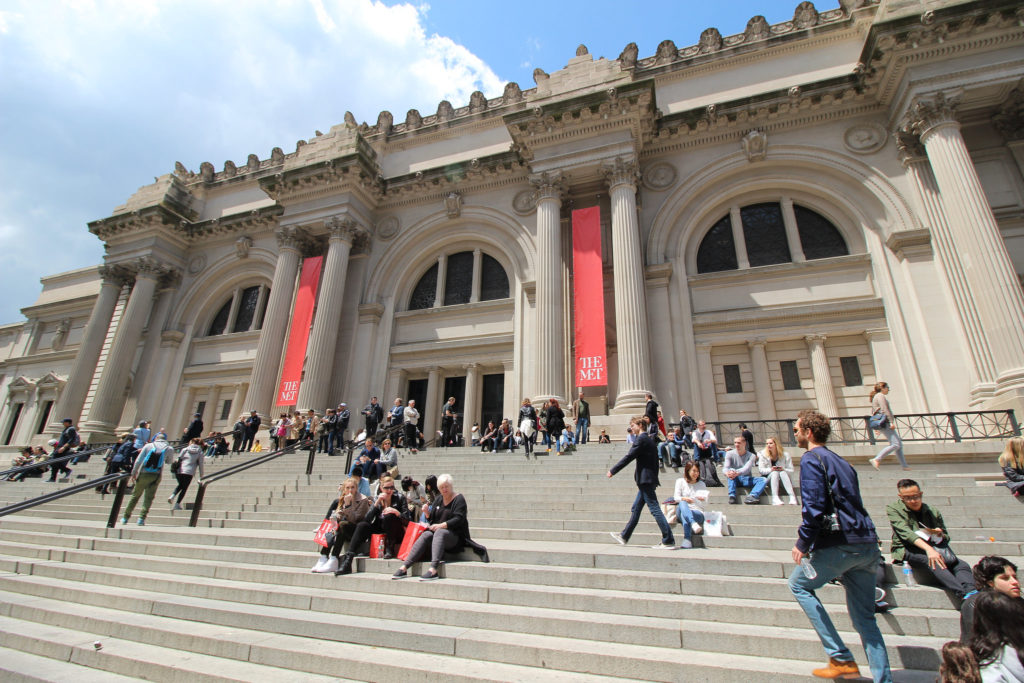
The Metropolitan Museum of Art
The Met offers Touch Collection, Verbal Imaging Tours and Guided Touch Tours, to enhance the experience for people with vision loss, available upon request to individuals and groups. Picture This! workshops explore works of art through detailed description and touch.
Seeing Through Drawing workshops enable the artist in you to create your own work with the inspiration of the museum’s collection, verbal imaging, experimentation with techniques and materials.
Address and Contact
The Met
1000 Fifth Avenue, NYC
Web: MetMuseum.org
Phone: 212-650-2010
Email: [email protected]
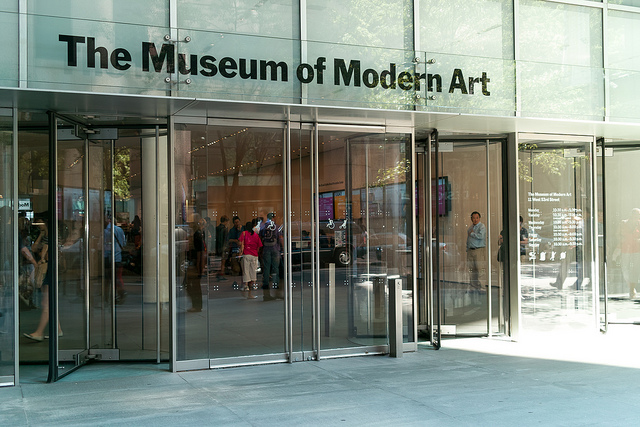
The Museum of Modern Art
Touch Tours are a very special experience, particularly at MoMA where you’ll get to touch a work of art by Picasso, Matisse or Rodin. Art InSight tours are scheduled monthly, offering exploration of the museum’s entire collection through vivid, detailed descriptions. Both tours are also offered by request.
Accessible audio guides with verbal description are available on the MoMA app and on MoMA.org. The museum will soon make audio description available for its movie screenings.
The upcoming first museum solo for Park McArthur, runs from October 27–December 16, 2018 at MoMA, examines questions of structural accessibility, and is accompanied by an audio guide and a large print illustrated brochure.
Address and Contact
MoMA
11 West 53 Street, between Fifth and Sixth Aves. in NYC
Web: MoMA.org
Phone: 212-408-6347
Email: [email protected]
Related Resources
Audio Description: The Visual Voice
Audio description and descriptive video service are increasingly available for movies, theater and TV. Learn more about how AD helps you see the details.
The Audio Description Project (ADP)
A project by American Council of the Blind (ACB), this resource provides audio-described program listings for U.S. museums and parks, TV, movies, streaming services and more.
Inclusivity Takes The Stage On Broadway
As of June 1, 2018, Broadway took a giant step forward in making live theater more accessible for people with vision and hearing loss.
Museums Making Art More Accessible
There are numerous ways museums are making it easier to look at art and fully experience the vibrancy, with or without sight.
